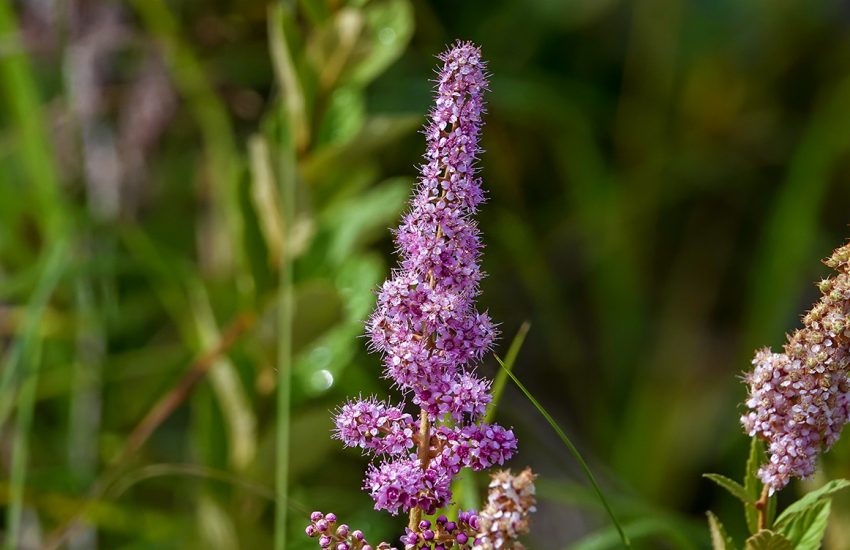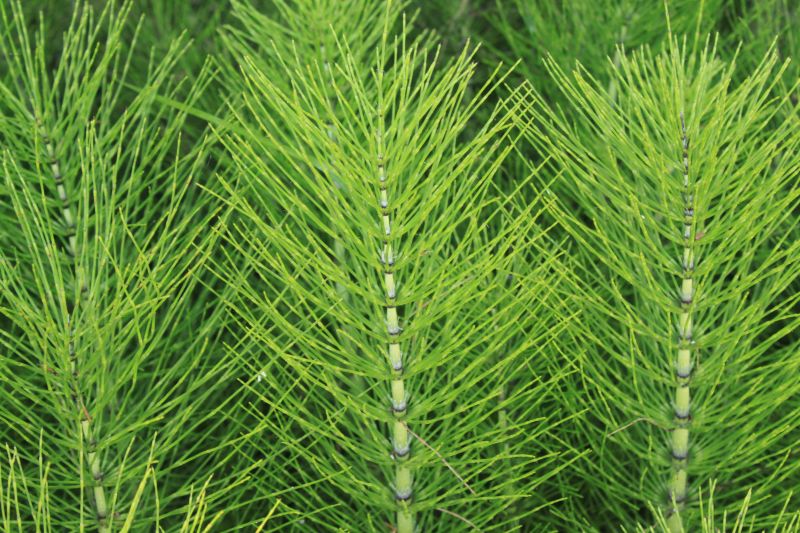What Zone is Massachusetts for Plants: Understanding Plant Hardiness Zones
Massachusetts is a state in the northeastern region of the United States that is known for its diverse landscape, ranging from mountains to coastal areas. For gardeners and farmers in the state, understanding the plant hardiness zone is crucial for successful cultivation. The United States Department of Agriculture (USDA) has divided the country into different zones based on the average minimum temperature of a given area, and Massachusetts falls into several of these zones.

The USDA plant hardiness zone map is a valuable tool for gardeners and farmers to determine which plants are likely to thrive in their area. Massachusetts is divided into six different zones, ranging from 5a in the western mountains to 7b in the southeastern coastal areas. Zone 5a has an average minimum temperature of -20 to -15 degrees Fahrenheit, while zone 7b has an average minimum temperature of 5 to 10 degrees Fahrenheit. Knowing the zone for a particular area can help gardeners and farmers choose plants that are adapted to the local climate and can withstand the winter temperatures.
Understanding Plant Hardiness Zones in Massachusetts
USDA Hardiness Zone Map Overview
The USDA Hardiness Zone Map is a valuable tool for gardeners and plant enthusiasts. The map divides the United States into 13 zones based on the average annual minimum temperature. Each zone is further divided into sub-zones, with the letter ‘a’ representing the colder half of the zone and ‘b’ representing the warmer half.
Massachusetts falls into Zones 5a, 5b, 6a, 6b, 7a, and 7b. Zone 5a covers the western half of the state, while Zone 7b covers the southeastern coastal region.
Zone Distribution by Location
Boston, located in Zone 6b, experiences average minimum temperatures between -5°F to 0°F (-20.6°C to -17.8°C). Springfield, located in Zone 6a, has slightly colder temperatures, with average minimums between -10°F to -5°F (-23.3°C to -20.6°C). Plymouth, located in Zone 7a, has milder minimum temperatures between 0°F to 5°F (-17.8°C to -15°C). Worcester, located in Zone 5b, has a cooler climate with average minimums between -15°F to -10°F (-26.1°C to -23.3°C).
The Cape and Islands, located in Zone 7a, have a maritime climate with milder winters and cooler summers. Western Massachusetts, located in Zones 5a and 5b, has colder winters and warmer summers than the eastern part of the state. Pittsfield, located in Zone 5a, has average minimum temperatures between -20°F to -15°F (-28.9°C to -26.1°C). Chatham, located in Zone 7a, has average minimum temperatures between 0°F to 5°F (-17.8°C to -15°C).
Climate and Temperature Factors
Plant hardiness zones are useful for determining which plants will thrive in a particular location. In Massachusetts, gardeners should choose plants that are hardy to their specific zone. Temperature is not the only factor that affects plant growth, however. Other factors such as soil type, sun exposure, and precipitation should also be taken into consideration.
Overall, understanding plant hardiness zones in Massachusetts is essential for successful gardening and plant cultivation. By choosing plants that are hardy to their specific zone, gardeners can ensure that their plants will thrive and flourish.
Gardening Tips for Massachusetts’ Climate

Selecting Plants for Different Zones
Massachusetts is divided into four different USDA hardiness zones, ranging from Zone 5a to Zone 7a. When selecting plants for your garden, it’s important to choose plants that are suitable for your zone. Gardeners in Zone 5a, for example, should choose plants that can withstand winter temperatures as low as -20°F, while gardeners in Zone 7a can choose plants that can survive winter temperatures as low as 0°F.
Some popular crops that thrive in Massachusetts include tomatoes, trees, and flowers. When selecting these plants, it’s important to consider their specific needs. For example, tomatoes require full sun and well-drained soil, while trees may require specific soil pH levels and adequate space to grow.
Seasonal Gardening Strategies
Massachusetts has a temperate climate with cold winters and warm summers. Gardeners should plan their gardening strategies around the growing seasons. In early spring, it’s important to prepare the soil by adding compost and other organic matter. This will help to improve soil fertility and drainage.
During the growing season, it’s important to monitor soil moisture levels and water plants as needed. Wind can also be a factor in Massachusetts, so it’s important to protect plants from strong gusts.
In the fall, gardeners should prepare their gardens for winter by removing dead plant material and adding a layer of mulch to protect the soil from freezing temperatures.
Microclimates can also play a role in gardening success in Massachusetts. Gardeners should be aware of areas in their garden that may have different soil types or exposure to sun and wind. This can help to determine which plants will thrive in specific areas.
Overall, Massachusetts offers a diverse range of growing conditions for a variety of crops. By selecting plants suitable for their zone and following seasonal gardening strategies, gardeners can enjoy a thriving garden throughout the year. Nurseries and gardening centers throughout the state can provide additional advice and resources for successful gardening in Massachusetts.


